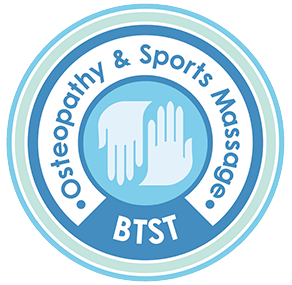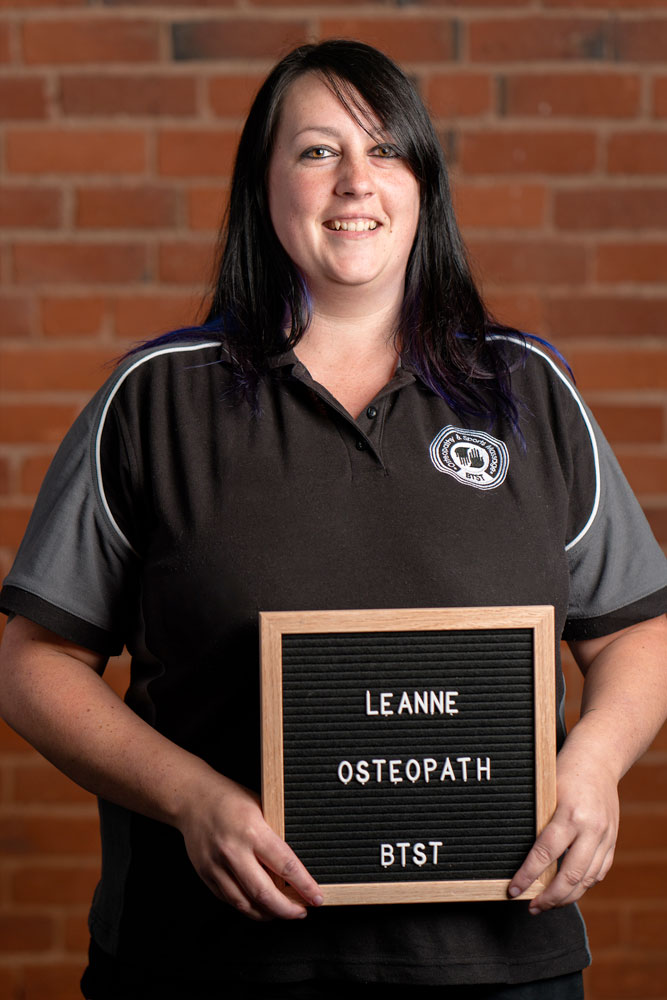What can Equine Osteopathy Treat?
Osteopathy isn’t just about treating bad backs in horses. It has proved to be particularly useful in helping to improve the following:
- Reduced performance
- Maintaining mobility in competition horses
- Gait problems: tracking-up/short stride, loss of collection, cross-canter problems, rushing downhill, pulls uphill, lacks concentration
- Stiffness in different areas of the body
- Stiffness in the older horse
- Reluctance to trot / canter on certain reins
- Preventing bucking between transitions
- Problems with head carriage
- Changes in behaviour: bucking, bolting, rearing, kicking and refusing to jump
- Objection to being saddled or girthed, unable to stand still or relax, hyper-sensitivity to brushing and difficulty shoeing
- Aiding rehabilitation after injury (tendon injuries, ligament overstrains, sacroiliac lesions)
- Aiding rehabilitation in diagnosed conditions such as arthritis, hind leg and front leg lameness
- Uneven muscle bulk, muscle imbalance and spasms



